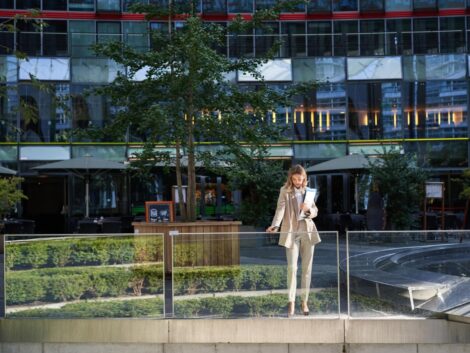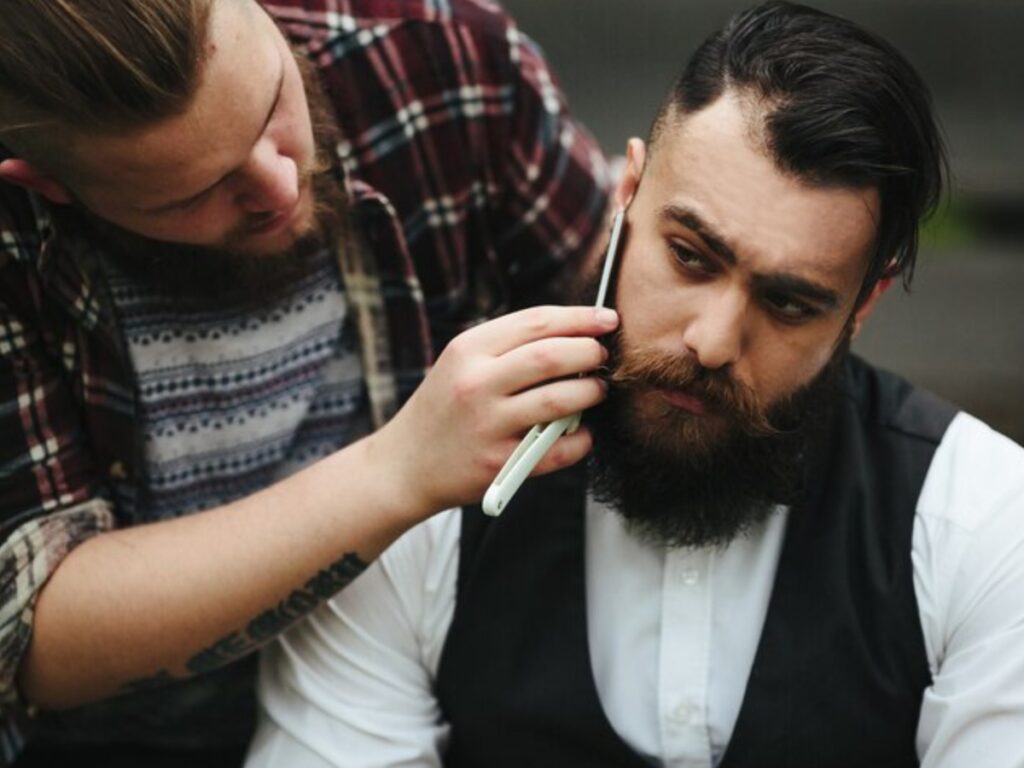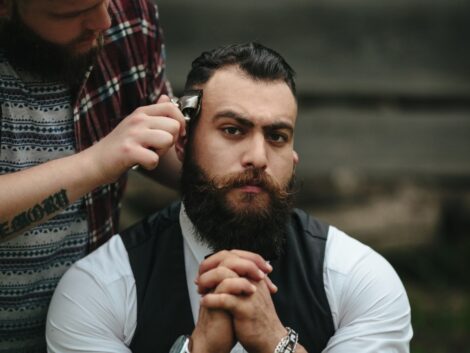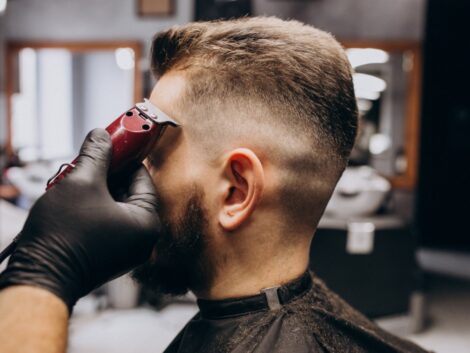Societal expectations and cultural norms often define feminine and masculine haircuts. Traditional gender roles of male and female have associated certain hair styles with femininity or masculinity. For example, long, flowing hair is often considered feminine in most parts of the world, while shorter, more structured cuts are usually perceived as masculine. Additionally, specific elements like layers, curls, or fades can contribute to these gendered distinctions.
However, it’s crucial to recognise that these conventions are evolving, and many people now choose hairstyles based on personal preference and style rather than conforming to traditional gender norms. The definition of feminine and masculine haircuts is becoming more fluid and inclusive daily.
Also, different cultures, countries, and periods define feminine and masculine haircuts differently. Another important thing to note is that youth nowadays follow multiple trends or aesthetics simultaneously; while some lean towards vintage or classic hairstyles, others prefer fun hairstyles. Unisex has also been a huge trend for a while.
https://youtu.be/ShgpAL3-PNI?si=r5g9YNuwWHrh0pFb
How Is Femininity Expressed Through Different Haircut Styles?
Femininity has always been associated with softness and subtleness. In the case of hair, femininity is mostly expressed through various haircut styles that embrace softness, versatility, and sometimes longer lengths. Common elements include flowing layers, curls, and gentle textures that convey a more delicate and feminine aesthetic. Additionally, styles that frame the face or incorporate softer lines contribute to a traditionally feminine look. It’s important to note that individual expressions of femininity vary, and many people choose hairstyles based on personal preference rather than conforming to stereotypical norms.
The definition of feminine beauty has become more diverse and inclusive over time. Like those short, well-defined, exotic curls, Marilyn Monroe was considered to be very feminine at her time. But in the early 2000s, straight, long hair, along with a few subtle definitions, was known to be most womanly. Nowadays, people prefer to embrace their personal style. As hair like Princess Diana is feminine, so are the trends Kardashians have set in past years.

What Features Characterise a Haircut as Traditionally Masculine?
Traditionally, masculine haircuts often feature shorter lengths, clean lines, and a more structured appearance. Elements like fades, undercuts and crew cuts are commonly associated with a masculine aesthetic. Additionally, styles that emphasize a neat and tidy appearance, such as buzz cuts or pompadours, have been traditionally linked to masculinity. However, societal perceptions of gendered hairstyles are evolving, and individuals are increasingly embracing a wider range of expressions that go beyond these traditional norms.
You can easily see how manly Keanu Reeves and Jason Momoa are with their gorgeous long hair, especially since the 80s Rock and Roll made a huge impact on youngsters to enlist long hair as a manly style. Yet, in a professional environment, structured short haircuts are the most appropriate ones for men all over the globe.
Are There Historical or Cultural Influences on What Is Considered a Feminine or Masculine Haircut?
Yes, historical and cultural influences play a significant role in shaping perceptions of feminine and masculine haircuts. Throughout history, different societies have had specific expectations regarding gender roles and appearances. For example, in many cultures, long hair has been associated with femininity, while shorter, more practical hairstyles were deemed masculine.
Cultural and religious beliefs also contribute to these norms. Sheikh men are obligated to cut their hair or only a certain number of haircuts in North Korea.
Also, certain historical periods and fashion trends have reinforced particular ideals of beauty and gender expression. As societies evolve and perspectives change, so do these notions, leading to a more fluid understanding of what is considered feminine or masculine in terms of hairstyles.
How Are These Definitions Evolving in Contemporary Society?
In contemporary society, the definitions of feminine and masculine hairstyles are evolving towards greater inclusivity and diversity. People are challenging traditional gender norms, embracing a wider range of expressions, and breaking away from rigid expectations. Many individuals now choose hairstyles based on personal preference rather than conforming to stereotypical gender norms.
The beauty and fashion industries are also playing a role in this evolution by promoting more diverse representations of beauty. Celebrities, influencers, and brands often showcase a variety of hairstyles that transcend traditional gender boundaries, contributing to a more inclusive understanding of beauty and self-expression.
Another big player in current fashion trends is K-pop or K-drama. The South Koreans are spreading their culture tremendously, and their soft masculinity concept has influenced the fashion world at a great level.
Also, Gen-Z fashion has so many different aesthetics now. You can either be a romantic girl with soft curls or a dark academic persona who prefers dark red hair to match her dressing style.
Overall, there is a growing recognition that hairstyle choices should reflect individual identity rather than conform to outdated gender norms.

Can a Single Haircut Style Be Perceived as Both Feminine and Masculine?
Yes, a single haircut style can be perceived as both feminine and masculine, as perceptions are subjective and culturally influenced. With changing societal attitudes, many hairstyles are now considered gender-neutral or unisex. Styles incorporating elements like medium-length cuts, textured layers, or a balanced mix of soft and structured features can be interpreted in various ways, appealing to individuals irrespective of traditional gender associations. The blurring of lines between feminine and masculine aesthetics reflects contemporary society’s evolving understanding of personal expression.
If you are thinking of having a non-binary hairstyle, you can easily go for a pixie, bob, dishevelled mushroom and many other unisex hairstyles. The options are endless for you; wear your personality, not social norms. You can check Pinterest to find your style and follow TikTok trends based on that specific aesthetic.
Lastly, check out the mane caper shop.



